Anyone trying to xeriscape in TN?
april_h_o April Moore
19 years ago
Featured Answer
Sort by:Oldest
Comments (13)
amazondoc
19 years agolast modified: 9 years agoapril_h_o April Moore
19 years agolast modified: 9 years agoRelated Discussions
Anyone in TN Grow Either of These Trees?
Comments (9)Brandon, I have read that Franklinia is VERY susceptible to phythoptera (sp) and that due to extensive cultivation of cotton in the past most soils are infected with it. I know it is a naturally occurring pathogen, infecting a diverse number of species. They are certainly not common in MidTenn, I don't believe I have seen one here. The largest one I've ever seen is (was?) at a nursery in Fairfield County CT. Probably 12-15' tall in the early '80's. At that size the plant was kinda open and a little lanky, but overall healthy and bloomed heavily from August to hard frost. As far as monkeypuzzle/China fir, I think that is a local thing. Cunninghamia was fairly common in these parts before the '85 freeze took most of them out.I think the average person just knew them as monkeypuzzle, and probably never heard of Araucaria araucana- the 'real' monkeypuzzle....See MoreReplicating a cedar glade
Comments (2)Hi, there. A few of us where just talking about this earlier this week. Check out the thread called "Anyone trying to xeriscape in TN?", or you can just click the link below. Marty (username: Soeur) had a great list of plants for Cedar Glades near the bottom of the thread. Hope this helps! --April Here is a link that might be useful: Anyone trying to xericscape in TN?...See MoreAnyone tried Puya alpestris (Sapphire Tower) in TN?
Comments (4)I would give this plant a try as well Regina, but thats just me. I look at zone and minimum temp requirements on plants and see a challenge. I will try almost anything that is at least marginally hardy(zone 8 to me). What fun is gardening if you cant try new and exotic things? We have several things in our gardens that have minimum temp requirements of 20 or so, and they seem to still find a way to come back every year. Doug, I3...See MoreAnyone here live near Nashville, TN? (Old house question)
Comments (4)I need photos of the houses in Old Hickory! :) That's what I'm after. I'll publish the photos at my website, to contrast and compare the houses in Old Hickory with the houses in Norfolk. Plus, I know there were EIGHT designs of "Dupont Houses" and I only have images/photos of TWO of these designs. We have many of these Dupont Houses in Norfolk, but I can't begin to identify them, because I only have photos of TWO of the eight designs. So, in short, I need photos of those houses in Old Hickory that were built by Dupont. I do have addresses in Old Hickory. Rose...See MoreSoeur
19 years agolast modified: 9 years agojennbenn
19 years agolast modified: 9 years agoamazondoc
19 years agolast modified: 9 years agocannahavana
19 years agolast modified: 9 years agoapril_h_o April Moore
19 years agolast modified: 9 years agoamazondoc
19 years agolast modified: 9 years agoSoeur
19 years agolast modified: 9 years agoamazondoc
19 years agolast modified: 9 years agostonethegardener
19 years agolast modified: 9 years agotherighttone
15 years agolast modified: 9 years ago
Related Stories

SAVING WATERXeriscape Gardens: How to Get a Beautiful Landscape With Less Water
Conserve water and make gardening much easier with the xeriscape approach’s 7 principles
Full Story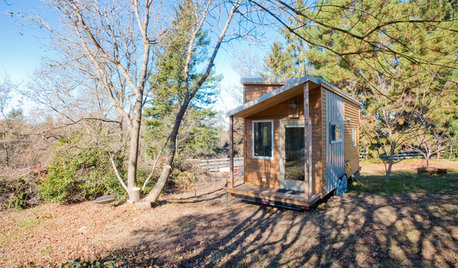
SMALL HOMESHouzz Tour: Rolling With Simplicity in a Tiny House on Wheels
Just 240 square feet, this California home encourages efficient living — but there’s still room for yoga
Full Story
EARTH DAYThe Case for Losing the Traditional Lawn
Work less, help the environment and foster connections by just saying no to typical turf
Full Story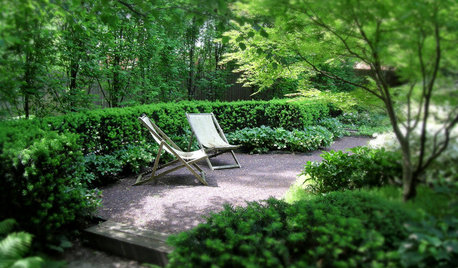
LANDSCAPE DESIGNDream Spaces: 10 Secluded Garden Nooks
Sometimes dreaminess is a single bench or a romantic table for 2 tucked amid greenery. See for yourself
Full Story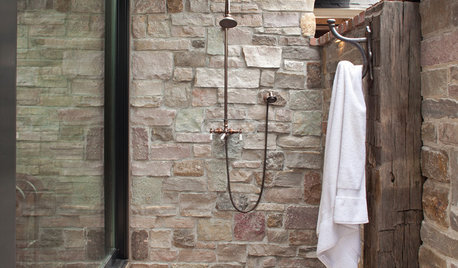
GARDENING AND LANDSCAPING28 Outdoor Projects Everyone Should Know About
Learn how to refinish your wood deck, make a garden fountain, add a shed and more
Full Story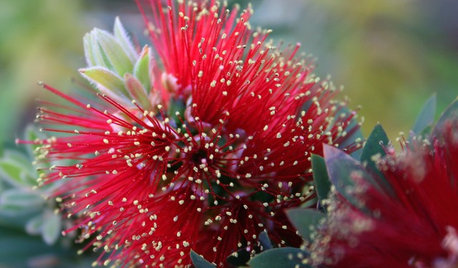
GARDENING GUIDESGreat Design Plant: Velvety Dwarf Bottlebrush Beckons a Touch
Brilliant red blooms and inviting textures will capture your heart, but the low maintenance and small size will win over your practical side
Full Story
SELLING YOUR HOUSEHome Staging to Sell: The Latest Techniques That Really Work
Get up to speed on the best ways to appeal to potential buyers through accessories, furniture, colors and more
Full Story
SUMMER GARDENINGHow to Grow Basil
Bright color, quick growth and endless uses for cooking make this summer annual a winner in the garden or a pot
Full Story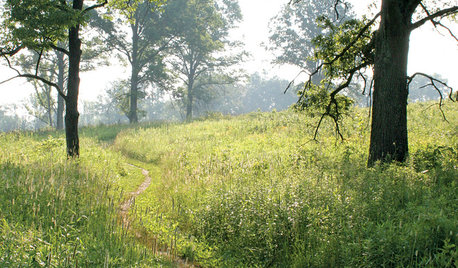
GARDENING GUIDES5 Easy Ways to Break Free of a Gardening Rut
Experience your garden in a whole new way — no big budget or major effort required — with these invigorating ideas
Full Story
DECORATING GUIDESYou Said It: 'Make It Easy on Yourself' and More Houzz Quotables
Design advice and observations that struck a chord this week
Full StorySponsored



Soeur